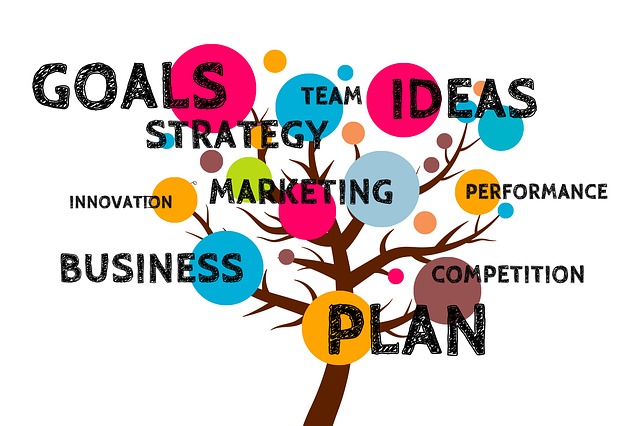Marketing Planning Phase
A) Environmental and Situational Analysis
It is based on a description of past developments and the current state of the marketing situation of the enterprise, and an estimate of the potential for future development is made. To predict the future development is the forecast of product sales in total, the forecast of the market share of their own and competing products, according to individual market segments and industry sales. In addition, the company\’s strengths and weaknesses are identified using SWOT analysis. The next step is consumer analysis, which includes research on many factors that determine the behavior and decision-making of individual consumers and customers, and competition analysis to provide information on current and potential competition between companies that provide consumers with the same products.

(b) Strategic planning
Definition of a company\’s mission
* Identification of strategic business units – a set of products and services that form the business portfolio of the company.
* Allocation of resources – it is important that each strategic planning unit provides the necessary funds.
* Planning of new business activities – it is important to develop a strategy for the growth (development) of the enterprise, the so-called Ansoff matrix of growth.
(c) Marketing planning
In most cases, companies try to maximize profits, maintain or increase sales, maintain or increase physical sales volume, maintain or increase market share, survive and be socially responsible. Marketing strategies that are best directed towards achieving marketing goals are then developed in marketing programs.
d) Implementation-implementation
Implementation means the implementation of a marketing program to achieve your marketing goals.

(b) Control
The main thing is to compare the achieved results with the planned ones. When there is identification of deviations, diagnosing their causes and taking new actions, the so-called control in response to deviations takes place. Deviations can be positive and negative. There are several types of controls –
* Control of the fulfillment of the plan – is based on the analysis of sales, market share and marketing costs in the session for sale.
* Profitability management – Focuses on measuring actual profits from sales in terms of products, customers, regions, etc.
* Marketing strategy review – Examine its effectiveness and determine whether it is optimally adapted to the marketing environment.




